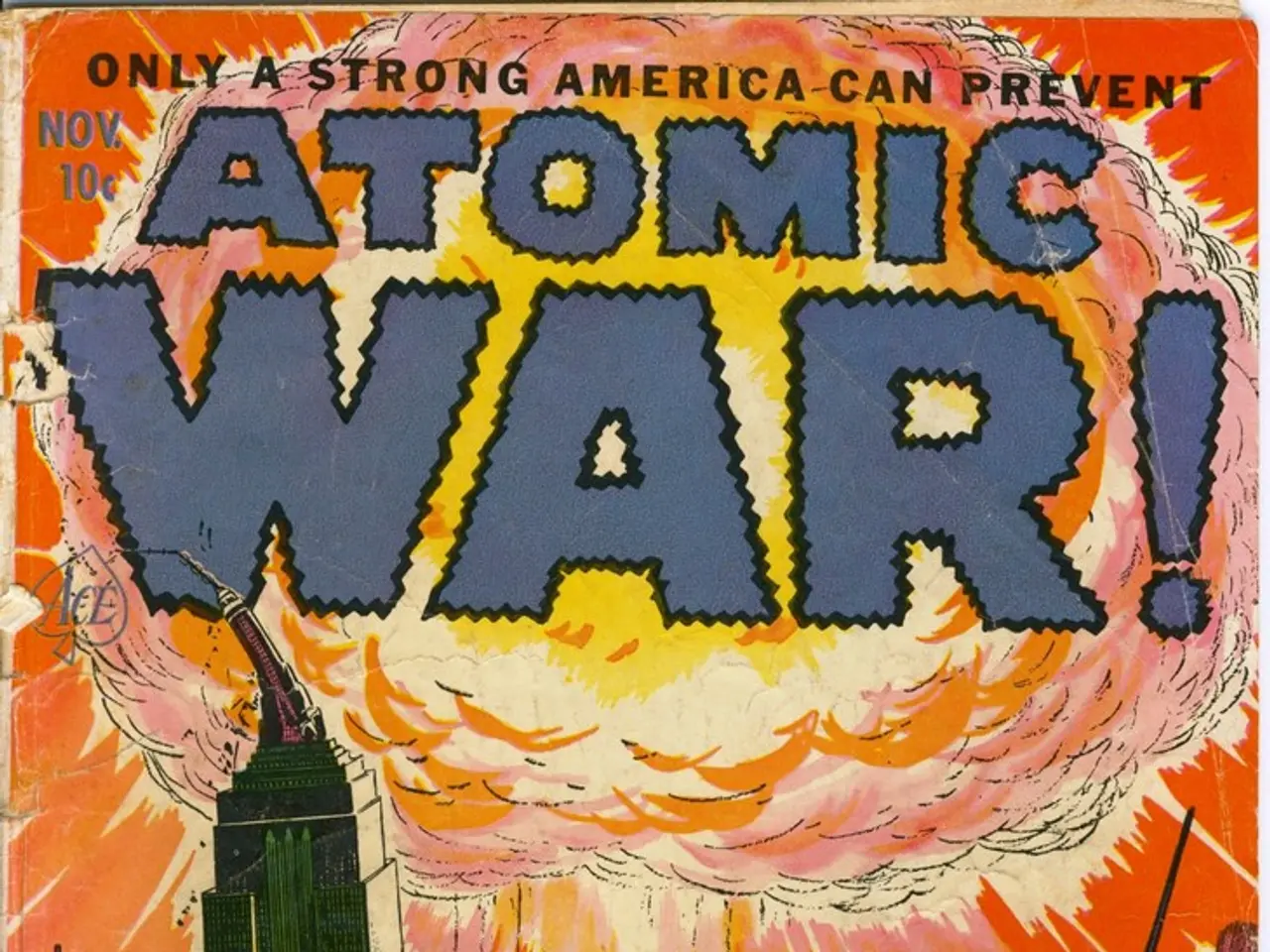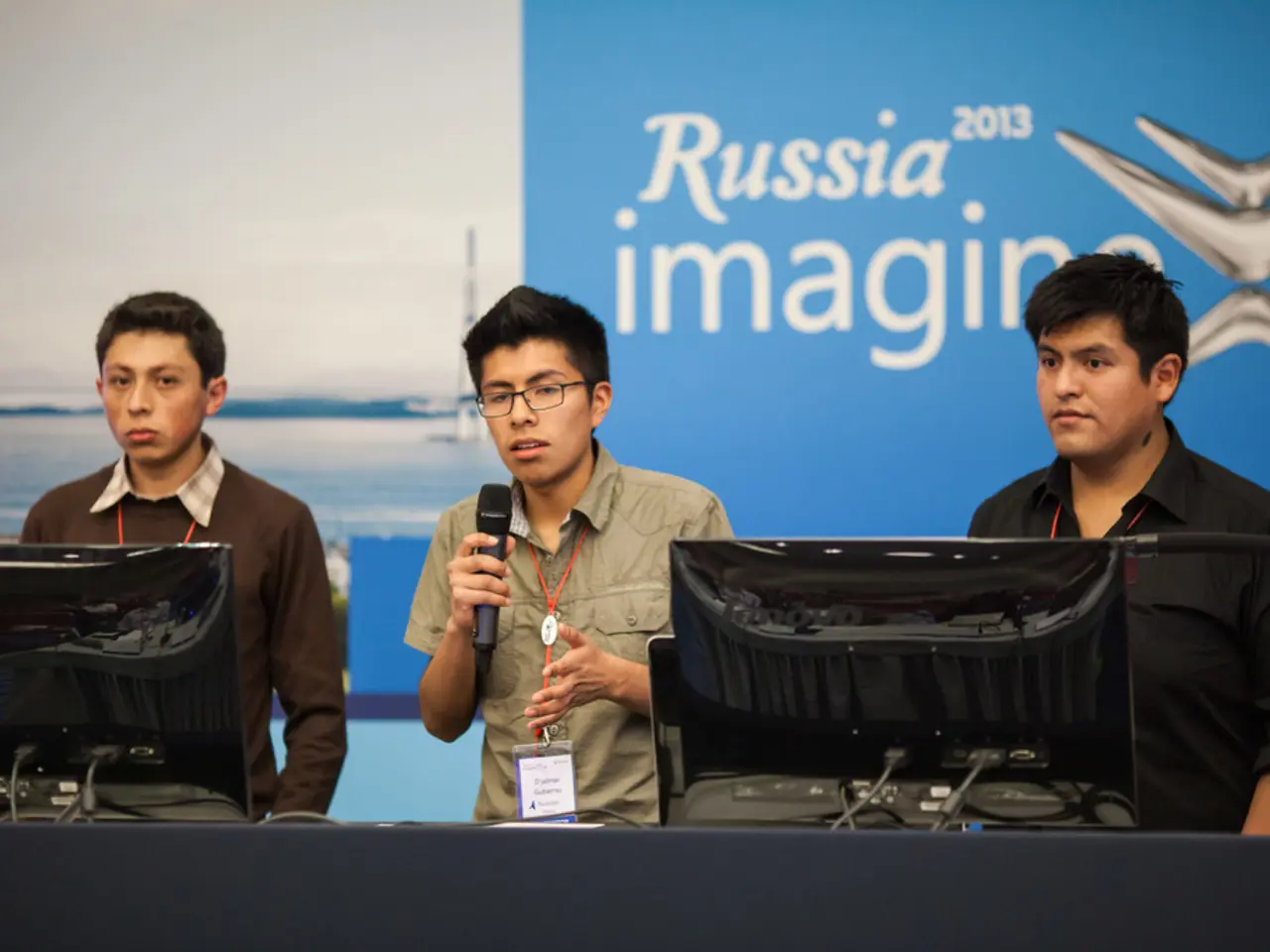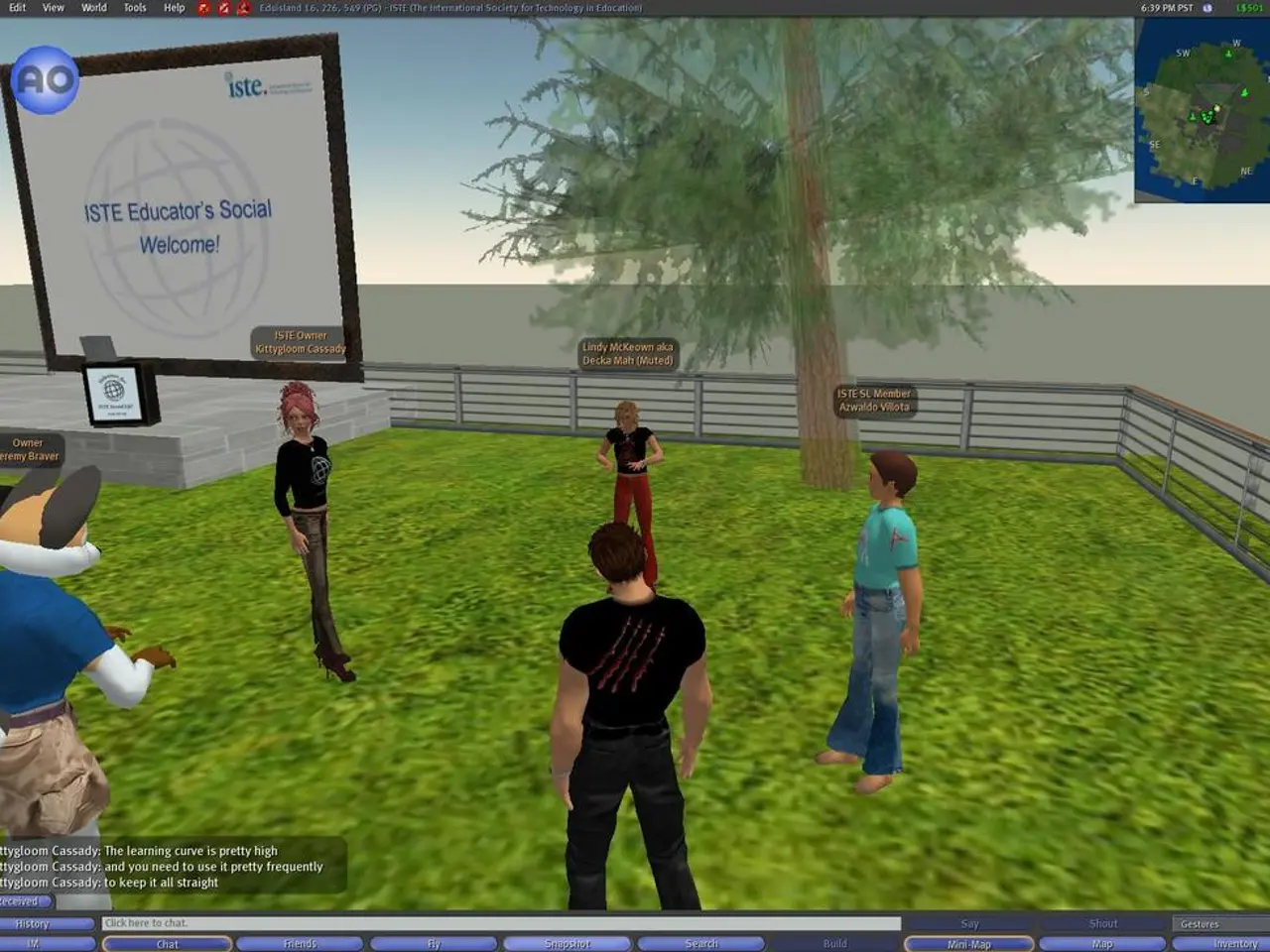Shaping of Japanese Arts by Atomic Bombs: The Mighty Atom's Impact
The Lasting Impact of Nuclear Trauma on Japanese Popular Culture
The nuclear bombings of Hiroshima and Nagasaki have left an indelible mark on Japan’s culture and arts, symbolically encoded through monstrous figures like Godzilla, dystopian narratives in anime and manga, and a general cultural consciousness about nuclear trauma and resilience.
In films like Godzilla, the original 1954 Godzilla film embodied the fears stemming from the atomic bombings. Godzilla itself is an allegory of nuclear weapons and their catastrophic consequences, portrayed initially as a destructive force symbolizing the horror of nuclear devastation. Over time, Godzilla evolved from a villain to a heroic anti-heroic figure, reflecting complex societal attitudes toward nuclear power and recovery from trauma.
The bombings' influence is also seen in anime and manga. Works like Astro Boy (originally Mighty Atom) feature themes of resilience and recovery following destruction. Other influential titles such as Akira, Neon Genesis Evangelion, and Attack on Titan showcase city-leveling destruction and existential threat, mirroring the profound cultural impact of nuclear trauma. Such works explore survival amid catastrophic loss and radiation-related fears, resonating deeply with Japanese experiences and memories.
Literature and broader arts also channel these themes. Masuji Ibuse's novel "Black Rain" is one of Japan's best-known works about the Hiroshima bombing, despite the author not being an A-bomb survivor. Other notable works include Kenzaburo Oe's "Hiroshima Notes," written during visits to the city in the 1960s.
Author Yoko Tawada's book "The Emissary" focuses on the aftermath of an unspecified terrible event, drawing parallels with the nuclear disaster in Fukushima and the Minamata disease. Tawada's work, like many others, reflects a cultural preoccupation with nuclear trauma and its consequences.
Professor Tsutsui stated that Godzilla served as a personification of abstract fears in the 1950s, symbolizing atomic energy, radiation, and memories of the A-bombs. The special effects team for Godzilla modeled the monster's heavily furrowed skin after the keloid scars on Hiroshima and Nagasaki survivors, further emphasizing the connection between the creature and the trauma of nuclear devastation.
However, it's important to note that the debate surrounding who is permitted to write about the bombing experiences, especially for those who did not directly experience them, continues to this day. Victoria Young highlighted this point, emphasizing the sensitivity and complexities involved in addressing such a significant historical event.
The bombings of Hiroshima and Nagasaki occurred on Aug. 6, 1945, and Aug. 9, 1945, respectively, killing around 140,000 people in Hiroshima and 74,000 people in Nagasaki. The narrative in "The Emissary" is less of a warning and more a message about survival, reflecting the resilience of the human spirit in the face of unimaginable tragedy.
In conclusion, the nuclear bombings of Hiroshima and Nagasaki have profoundly influenced Japanese popular culture, shaping narratives, characters, and themes that continue to resonate with audiences today. These works serve as a reminder of the devastating consequences of nuclear weapons and the enduring impact of trauma on a nation and its people.
- The influence of nuclear trauma extends to various aspects of Japanese culture, including science-fiction, as witnessed in works like films such as Godzilla and anime like Astro Boy, Akira, Neon Genesis Evangelion, and Attack on Titan.
- Literature and broader arts have also been significantly impacted, with novels like Masuji Ibuse's "Black Rain" and Kenzaburo Oe's "Hiroshima Notes" being emblematic of this impact.
- Even in the realm of entertainment, authors like Yoko Tawada explore nuclear trauma and its consequences, as seen in her book "The Emissary."
- It's essential to consider the ethical implications of representing such significant historical events, as the debate continues about who is permitted to write about bombing experiences, especially for those who didn't directly experience them.
- The financial sector has also played a role in the discussion, as investment in education-and-self-development and technology can provide resources for understanding these historical events and promoting peace and resilience in the future.




